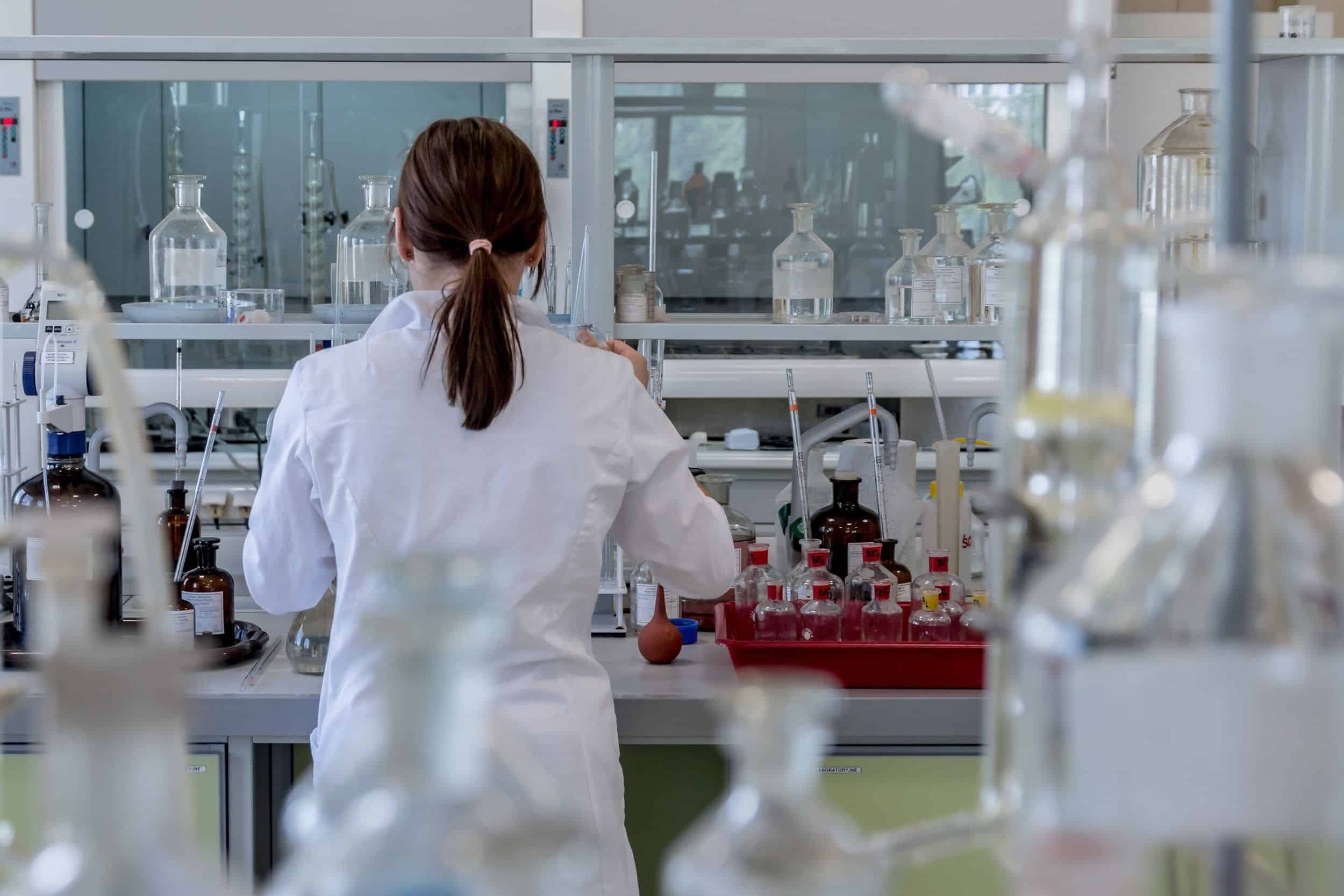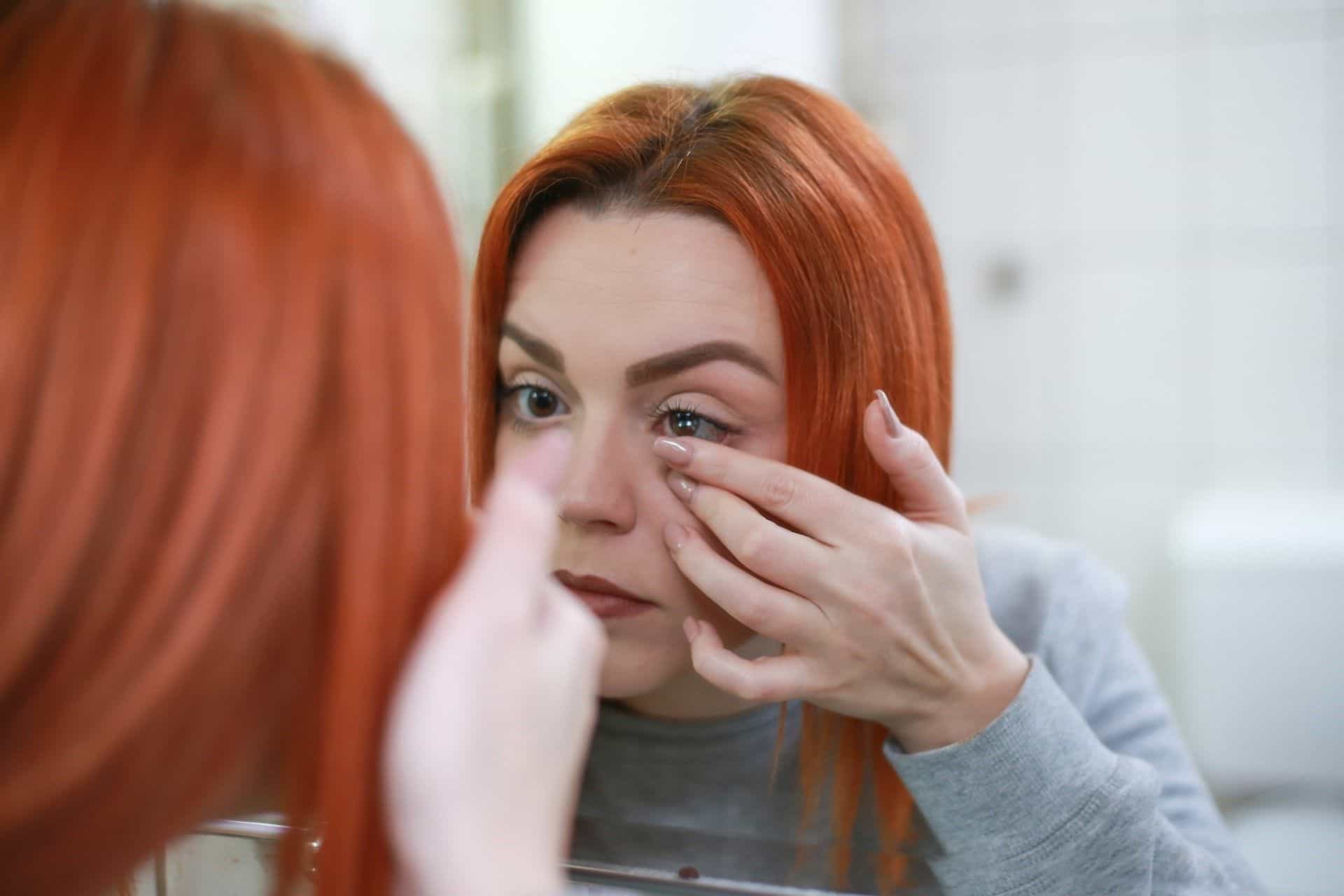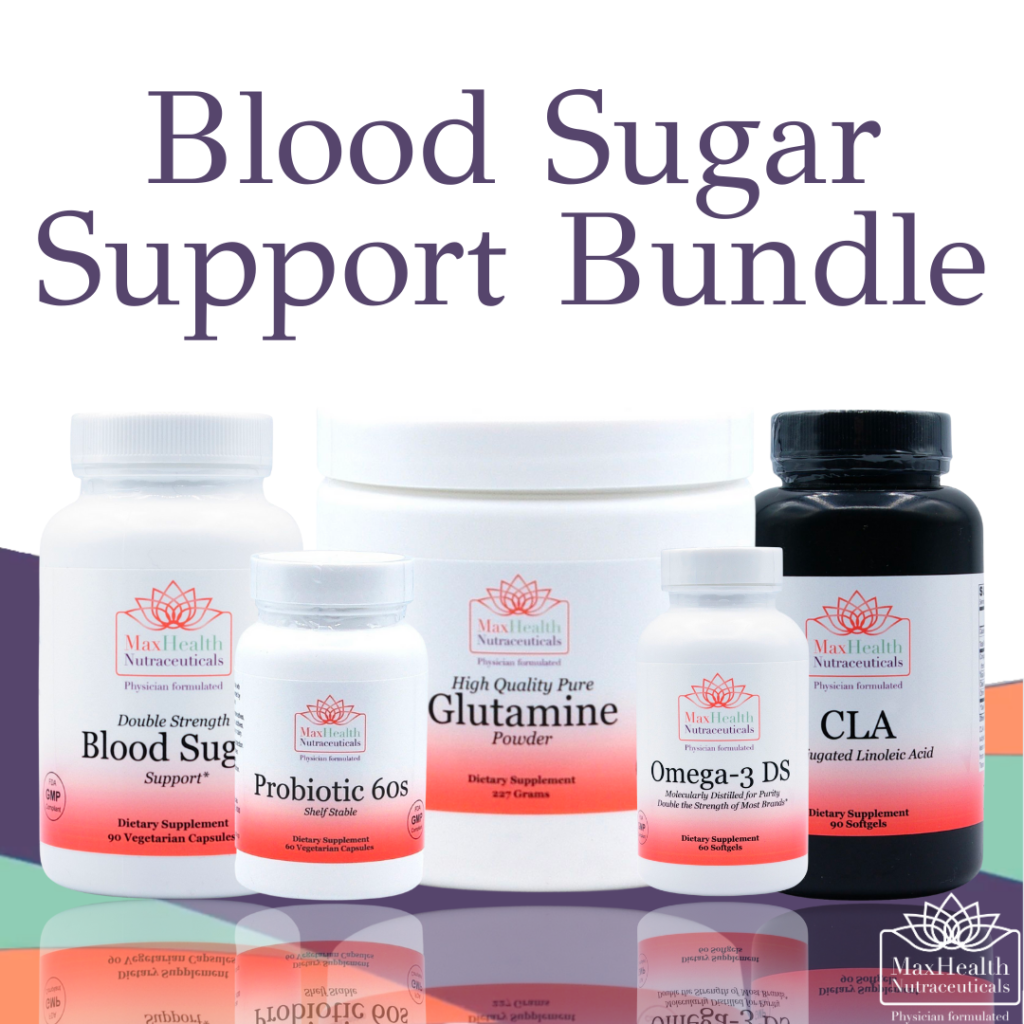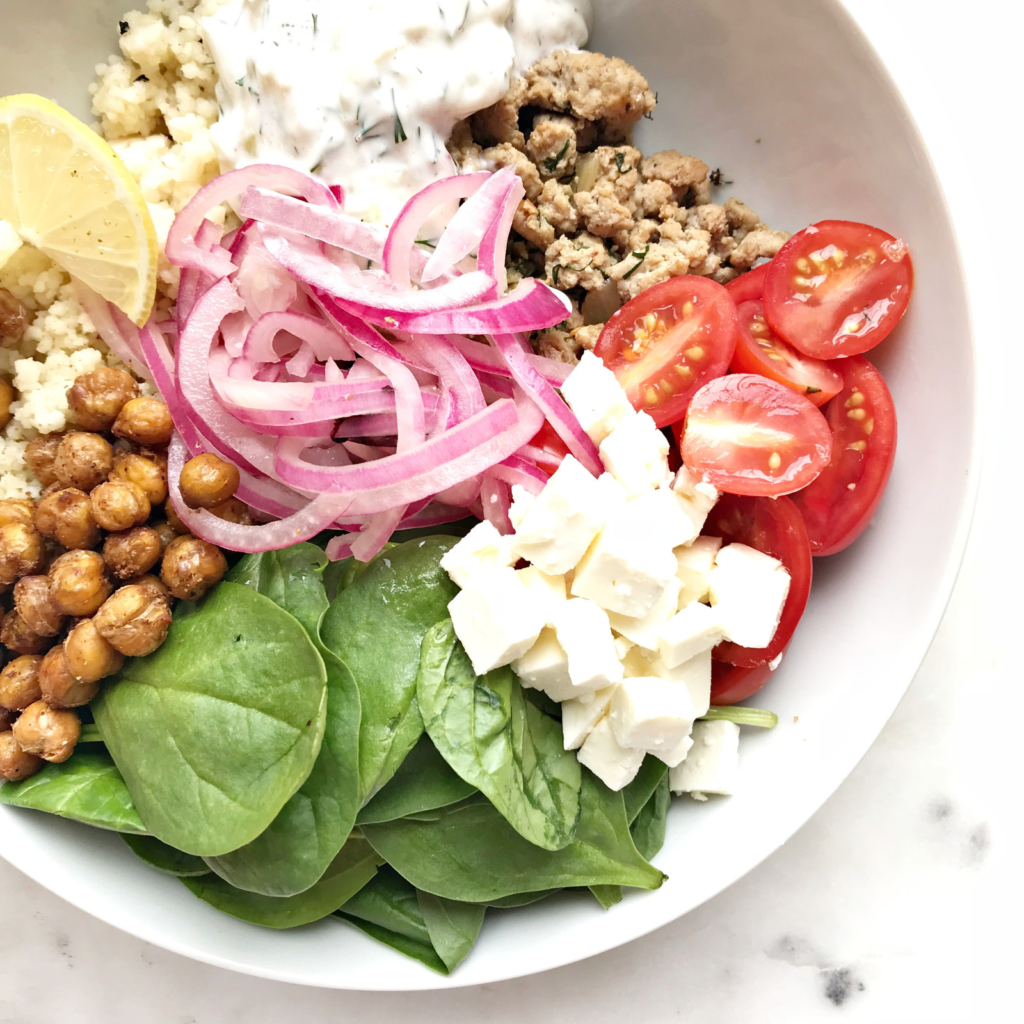

Welcome to Diabetes Prevention Thursdays! Today, we’ll look at the biotechnical attempting to cure diabetes. Diabetes has become a global epidemic, affecting 422 million people, an increase from 100 million 24 years ago. With this trajectory, it’s become clear that developing a cure is a high priority.
The biotech industry is making tremendous strides, especially for type one diabetes (T1D). Type two diabetes (T2D) is also concerning because it comes with many potential complications if poorly managed.
Recent advancements in the industry have improved the ability to monitor this condition much better, and other research is very promising for the future.
Let’s take a look at these exciting advancements.

Diabetic Monitoring Advancements
As science and technology stride forward in the war against diabetes, glucose monitoring continues to improve.
The first product being developed is called the smart contact lens. Jihun Park and his colleagues at the Ulsan National Institute of Science and Technology in South Korea have already created a prototype.
The lens looks like a regular contact lens, and it’s designed for comfort. As soon as your glucose levels spike, the lens switches over to light-emitting diode (LED) mode, which allows you to read your glucose levels in a mirror.

Another non-invasive monitoring method is adding special ink to tattoos. Created at the Massachusetts Institute of Technology (MIT) and Harvard, the color-changing ink turns brown when your glucose levels spike.
The pleasant point about these ideas is that they offer ways to monitor your glucose levels without pricking your fingers. Another non-invasive monitor includes a graphene patch that monitors hair follicles.
The needle-free monitoring revolution has begun, but challenges still need to be overcome.
Lexicon Inhibitor Trials
Another therapeutic approach is under investigation in T1D, and more research might make this a viable option for T2D. Lexicon Pharmaceuticals has run successful trials of a new drug called LX4211.
This drug targets the sodium-glucose transporter 1 (SGLT1) in the digestive tract, which absorbs glucose from the bloodstream. It also targets the SGLT cells surrounding the kidneys, which are responsible for reabsorbing glucose.
This scientific trial studied patients with T1D taking a 400mg dose of the drug over a 30 day period. The drug was effective in allowing the patients to excrete the excess glucose by the kidneys.
Previously, this drug had shown the ability to increase certain hormones that improve glycemic index and appetite in patients. The plan is to expand the trials and examine how successful this drug can be in T2D as well.
Targeted Immunotherapy
Immunotherapy is another advancement in treating T1D. Recall that T1D is caused by the autoimmune phenomenon where the immune cells attack insulin-producing cells. Belgian biotech Imcyse had some success in phase one of their trials with immunotherapy.
It’s estimated that newly diagnosed T1D patients still have up to 10% of their original beta cells for three to six months after the T1D diagnosis is first made. Imcyse took 41 recently diagnosed patients and conducted a trial on targeted immune cell eradication.
The trial lasted six months, and the drug proved effective in eliminating the autoimmune cells responsible for destroying the beta cells in the pancreas.
This result has been a great success, but a key requirement for the immunotherapy to work is that patients get started with therapy as soon as possible after diagnosis. Otherwise, the pancreatic beta cells will already be destroyed by the disease.
Diabetic Vaccines
Professor Bart Roep from the Department of Diabetes Immunology is working on a vaccine intended to correct the immune system in T1D patients before it destroys too many pancreatic B cells to prevent the onset of T1D.
With this method, you are attempting to stop the autoimmune problem before it even begins. In the process, blood is taken from the patient, and white blood cells are isolated to create dendritic cells.
Dendritic cells train other immune cells like T-cells to recognize that pancreatic beta cells are not real pathogens and shouldn’t be attacked.
The dendritic cells are then grown in a lab for six days in a solution with vitamin D so that they become anti-inflammatory, which improves their function.

Then they are treated in a proinsulin solution to build a tolerance. Proinsulin is an autoantigen protein that normally destroys beta cells. This is how the training takes place before you receive the vaccine.
The dendritic cells train the T-cells not to destroy the insulin-producing cells, and these trained cells then become regulatory T-cells, which prevent other immune cells from attacking your pancreas.
The vaccine is administered by a patch, which is placed on the abdomen where your pancreas lies. The patch has many microneedles that inject the trained immune cells into the body, where they make their way into the pancreas.
The first study was conducted on nine patients with T1D who continued their insulin treatments for six months while also using the patches. The results showed no further damage to the pancreatic beta cells. These are very promising results warranting further study.
Food For Thought
The work being done in science and technology is bringing us closer to a cure for diabetes. From non-invasive monitoring to vaccines, we’re taking steps closer. There is hope to find more advancements in this debilitating disease.
If you would like to receive a free resource sheet to help you take control of diabetes, click the button below to receive your gift.
I wanted to talk about this topic because it is absolutely possible to prevent and even reverse Type 2 Diabetes (but you cannot reverse Type 1). Yes, it’s possible! and emerging studies looking at lifestyle medicine and prevention support this! But I always tell my patients that you must be dedicated and diligent in adopting a healthy lifestyle to get the best results. You can create certain behaviors and practices that will not only enrich your life, but that you can pass on to your family, friends, and community, to help break the cycle of this chronic disease so that you can leave a legacy of health to your loved ones.
I use functional medicine and lifestyle medicine as the first line of treatment, before medications, to treat lifestyle-related chronic diseases. Lifestyle-related chronic diseases include diabetes, hypertension, obesity, and some cancers, just to name a few. Lifestyle practices, such as eating a low glycemic, whole-food plant-based diet and regular physical activity, can help you improve your blood sugar levels, maybe reverse type 2 diabetes. In certain cases, these approaches may even outperform pharmaceutical therapy.
But I always tell my patients that conventional medications may be appropriate at this time to prevent catastrophic illness, but over time, you can work to make the necessary lifestyle changes to possibly reduce and/or eliminate medications. Please remember to always consult your physician for your particular needs and circumstances prior to making any decisions whatsoever.
Is Dietary Supplementation Right For You?
When it comes to managing your blood sugars (in general), pre-diabetes, and diabetes, there are many things that you can do to help control your blood sugar levels. One important aspect is diet. What you eat affects your blood sugar, so it’s important to be mindful of what goes into your body.
But it is very important to note that we are not eating the same foods we ate years ago because the soils have been depleted of critical nutrients through current industrial farming practices. And because the soil is not as good as it used to be, the food supply (grown from the depleted soil) is not as good as it used to be. For example, you are not getting the same levels of chromium and magnesium as you would have gotten 30 or even 50 years ago.
Second, much of the food has been processed and genetically altered, which can impact the inherent and unique nutritional composition that each food possess. For example, ancient einkorn wheat has less gluten, more protein, more Vitamin A, and more beta carotene, than modern genetically modified wheat.
Third, the toxic load in the environment today is much higher than 100 years ago. We can see this with global warming, toxic landfills, polluted oceans and waterways, etc. Toxicity levels interfere with nutrient assimilation and absorption not just into the foods, but into our bodies as well. We often see elevated blood sugar levels with poor nutrition and toxicity.
In addition to diet, there are dietary supplements that can have an impact on blood sugar levels. Dietary supplements for diabetes are becoming increasingly popular as people look for ways to improve their blood sugar control.
For some people, vitamin and mineral supplements offer important health benefits. Supplements are designed to fight deficiencies found in our diet and complement the food we eat regularly. Supplements are basically “helping hands” to our daily food.
If you suspect that you aren’t getting the nutrients you need, consider shifting your focus from supplements to eating better.
And if you are unable to eat better, the supplements in my Blood Sugar Support Bundle may provide the extra boost you need.
These are my favorite Diabetes Prevention Supplements to use! This Blood Sugar Support Bundle will ensure you have the intake of the important vitamins, minerals, and probiotics to decrease inflammation and boost your innate wellness day and night. Taken together, it’s a solid plan for increasing your body’s natural resiliency while encouraging healthy blood sugar levels.
For best results make sure you use these supplements with dietary changes including a whole food plant-based diet, regular exercise (at least 2-3x per week), regular sleep (8 hours per night), and intermittent fasting (at least 1-3x per week).
It’s important to note that supplements are NOT a replacement for your regular medication regimen prescribed by your doctor. However, they can be used in addition to help manage your blood sugar levels.
Supplements have the potential to interact with diabetes medications, so it’s important to speak with a healthcare provider before starting any new supplement regimen. Have you tried any dietary supplements for your diabetes? Share your experience in the comments below!
Tools For Diabetes Prevention and Monitoring
Blood Sugar Monitoring
As you know, I always stress the importance of taking control of your health. Monitoring your blood sugar levels is one of the best ways to do this. To do this, a single drop of blood is collected with disposable lancets and placed on a disposable test strip, which you insert into a home blood-sugar monitoring device, called a glucometer.
The common times for checking your blood sugar are when you first wake up (fasting), before a meal, 2 hours after a meal, and at bedtime; however, you should check your blood sugar as many times a day as your health care team suggests.
Monitoring your blood sugar level provides you and your doctors with important knowledge about how food, activity, medication, stress, and other elements might affect your blood sugar levels. This data will assist you and your doctor in developing a therapy plan that is suited to your demands.
There are several types of blood glucose meters, lancets, and test strips to choose from. I often recommend this glucometer, lancets, and test strips.
Weight Monitoring
Since weight management is very important in combatting chronic diseases such as diabetes, I recommend that you be mindful of your weight and its fluctuations, and that you monitor your weight AT LEAST on a weekly basis. I recommend a scale that includes a body composition monitor (*this scale cannot be used with a pacemaker or other implanted devices).
Physical Activity
Physical activity (or exercise) can improve your health and reduce the risk of developing several chronic diseases like high blood pressure, type 2 diabetes, and cancer, just to name a few. Physical activity actually improves insulin sensitivity. Physical activity can improve your mood, boost your immune system, and even help you maintain a healthy weight.
I often recommend yoga and resistance training for physical activity, but as you are aware, there are plenty of forms of “movement” that you can do! But for the basics, especially if you’re just getting started, yoga and resistance training are where I would start.
Yoga
Yoga can be a great way to improve your strength and flexibility, manage your stress, improve your heart health, and lose weight! I recommend using this yoga mat to get started with your yoga practice today!
Resistance Training
Resistance training is the mainstay for overall health. It not only has beneficial effects on reducing body fat, it also increases muscle size and strength. Here are some basic resistance bands that I recommend to everyone. They are great for physical therapy, yoga, strength training, and excellent for traveling.
Food!
Remember, living a healthy lifestyle including eating a whole foods plant-based diet and regular physical activity are the best ways to prevent diabetes.
The Diabetes Meal Plan is geared towards those people with diabetes or prediabetes. The foods are moderately low in carbs, low glycemic, fiber rich, and contain a balance of nutrients to help prevent blood sugar spikes and dips. Foods are also included that may help to lower blood sugar.
Please talk with your doctor about any complementary health approaches, including supplements, you use.
Dr. Nicolle Martin
Some of the links in this article are "affiliate links", a link with a special tracking code. This means if you click on an affiliate link and purchase the item, we will receive an affiliate commission.
The price of the item is the same whether it is an affiliate link or not. Regardless, we only recommend products or services we believe will add value to our readers.
By using the affiliate links, you are helping support our Website, and we genuinely appreciate your support.
Last updated on January 28th, 2022 at 03:30 am

Minimize Medications. Maximize Health.
Are you super busy but need to take control of your health? Are you tired of being tired? Subscribe to my “Minimize Medications, Maximize Health Blog” and I’ll give you 7 Tips to Get Healthy in No Time absolutely FREE.







